How can we create a more sustainable future and help save historic building materials for reuse? Last week, Nantucket Preservation Trust staff and other Nantucket stakeholders traveled to Savannah, Georgia for Build Reuse‘s 2024 conference, Salvaging the Past, Building a Low-Carbon Future, where we learned from people across the country who are working in the front lines of the building deconstruction, salvage, and reuse movement.
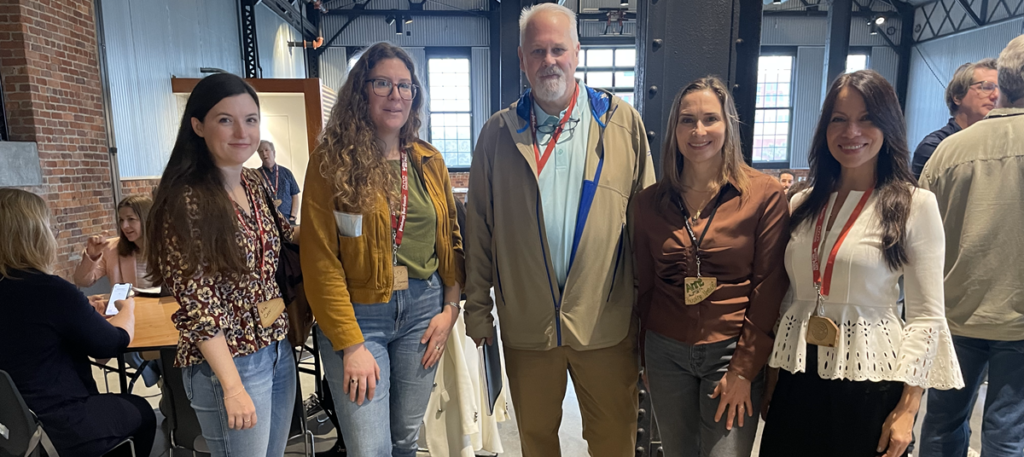
On Nantucket, we generate more than 17,000 tons of Construction and Demolition (C&D) waste annually – that’s approximately one ton of C&D waste for every year-round island resident! Deconstruction offers a greener alternative to mechanical demolition that not only diverts waste from landfills, but also allows for building materials to be salvaged for reuse in other building projects, or to be repurposed and given a new life. It’s also a practice that’s in keeping with Nantucket’s history of house moving and salvage. Our Nantucket group, which consisted of NPT staff Mary Bergman and Rita Carr, ReMain Nantucket’s Program and Marketing Manager Virna Gonzalez, Housing Nantucket Executive Director Anne Kuszpa, and the Town of Nantucket’s Solid Waste Manager Chris Lowe, was inspired by stories from across the country: from Seattle to Baltimore and Minneapolis to San Antonio, different municipalities and nonprofit organizations are exploring varied strategies to limit demolitions of historic structures and the incredible amount of waste that demolitions generate.
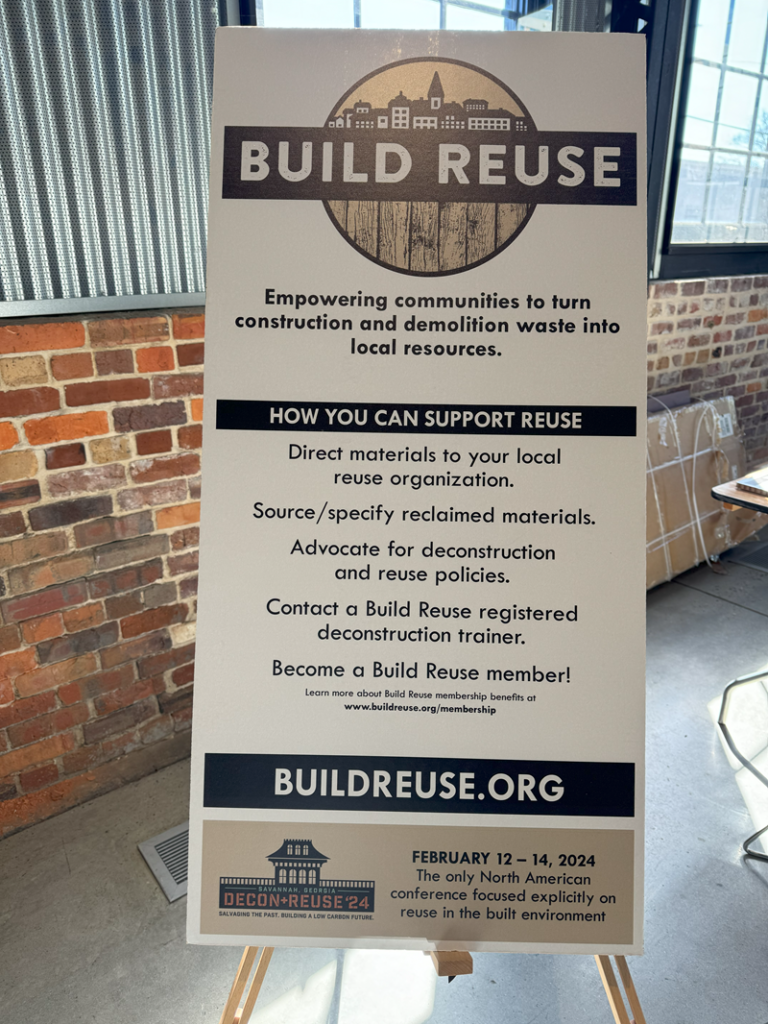
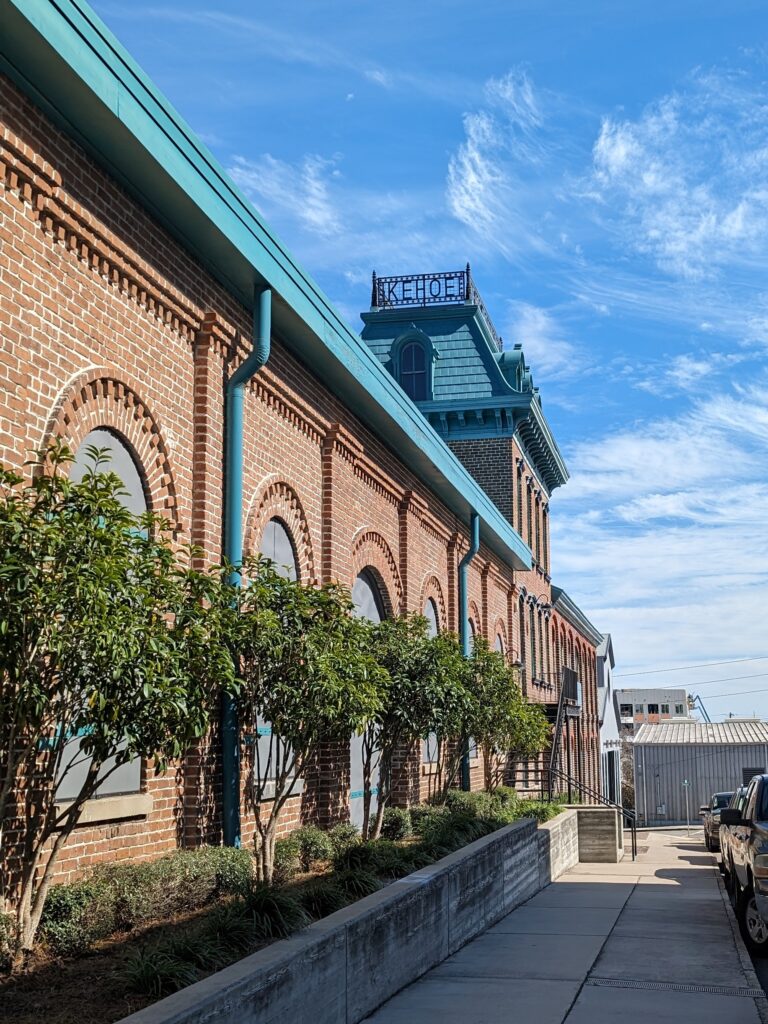
The conference was held at Kehoe Ironworks, a great example of adaptive reuse on the edge of Savannah’s historic downtown. The conference also included a visit to the headquarters and lumberyard of RePurpose Savannah, where they store and sell materials salvaged from their deconstruction projects. RePurpose Savannah’s Executive Director Mae Bowley, who spoke on Nantucket last September, led a tour through their impressive supply of lumber, windows, mantels, doors, hardware, and much more. When someone makes a purchase from RePurpose Savannah, they receive not only a high quality, historic, and eco-friendly material to use in their project, but they also receive information about the history of what they bought, and the property from which it was salvaged, helping to preserve the stories of old buildings even after they have been deconstructed.
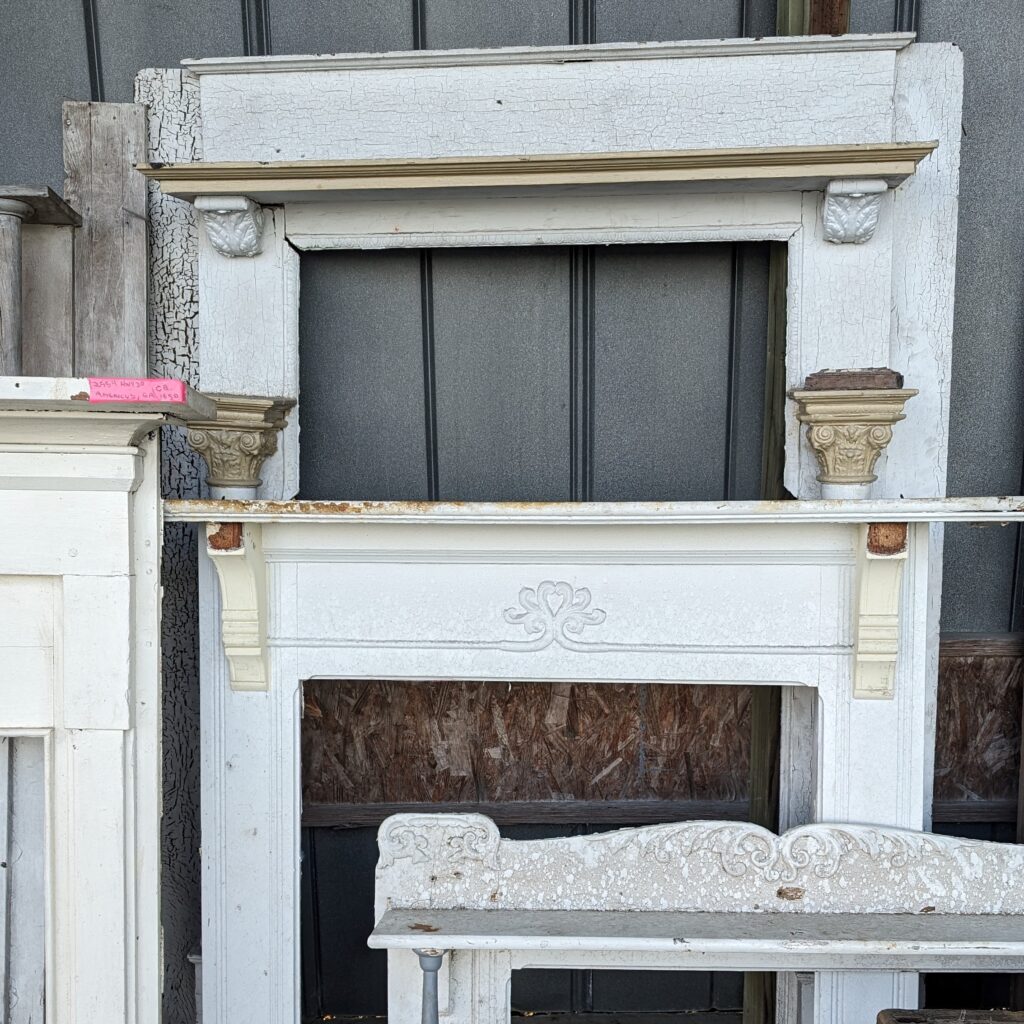
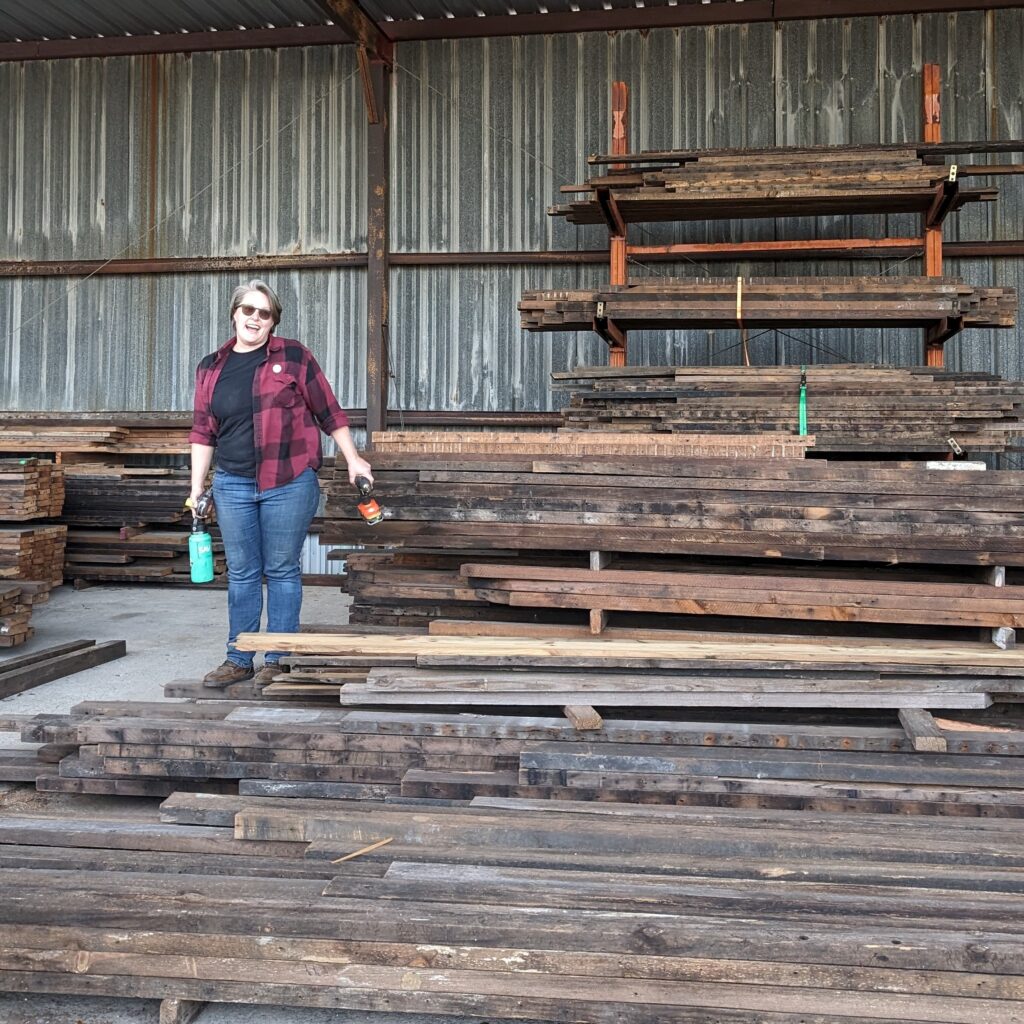
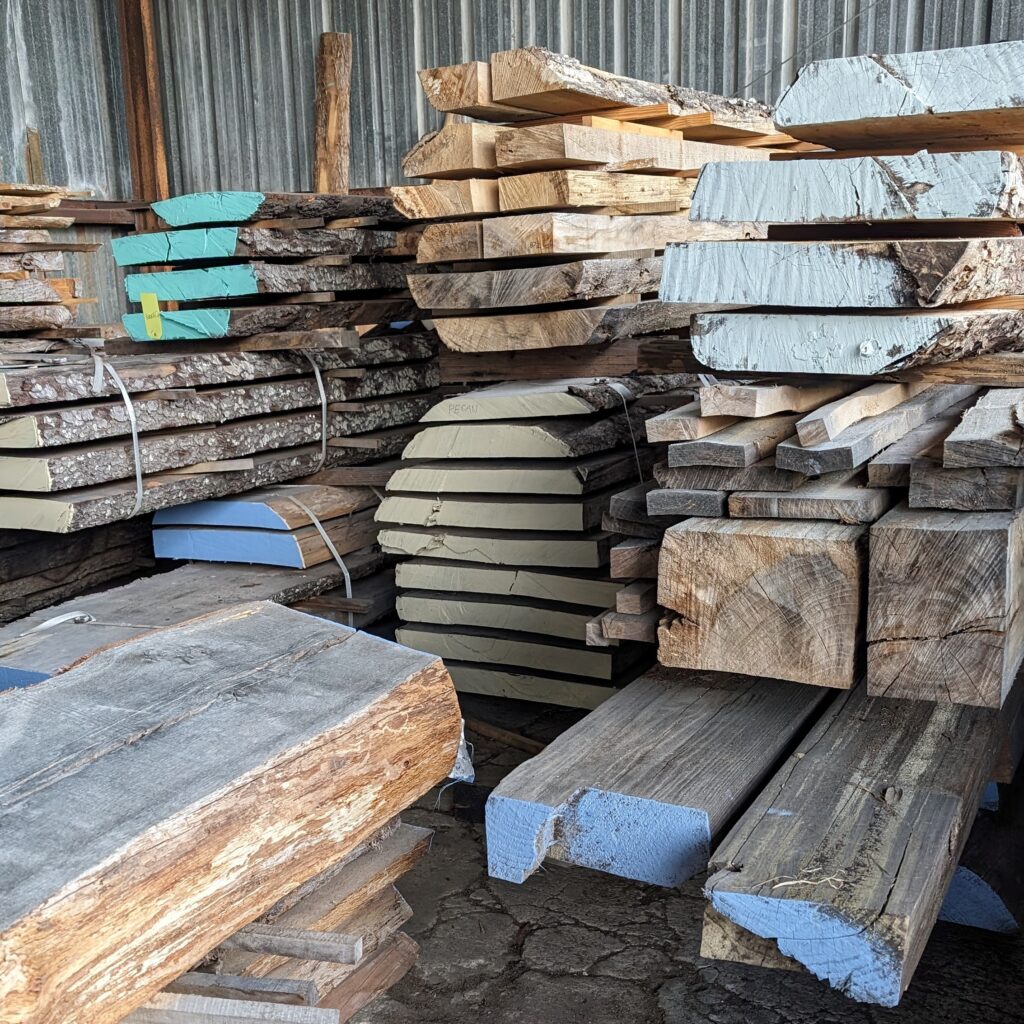
Mae Bowley (center) and materials ready for reuse at RePurpose Savannah
Nantucket faces challenges for implementing a deconstruction and salvage program, including the need for adequate space for storing materials for resale, and training a workforce to deconstruct, not demolish buildings. But the variety of approaches highlighted in Savannah prove that there are many ways to go about this – from ordinances that outlaw demolition, to providing tax credits or other monetary incentives to choose deconstruction over demolition, to fostering a culture of reuse and sustainability. Salvage and reuse is part of Nantucket’s history and could be a key to our sustainable future.


